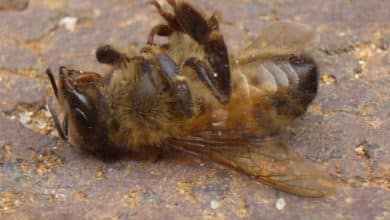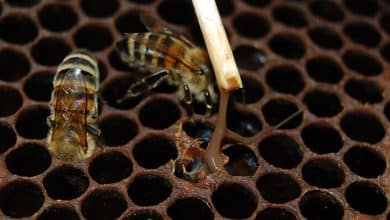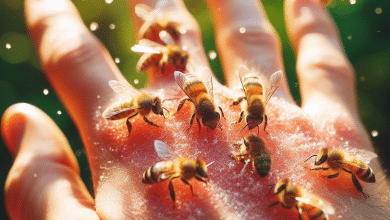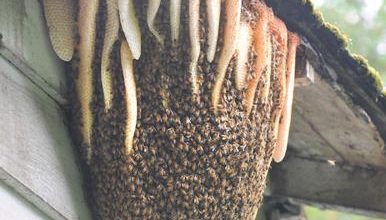Is bee sting really fatal?
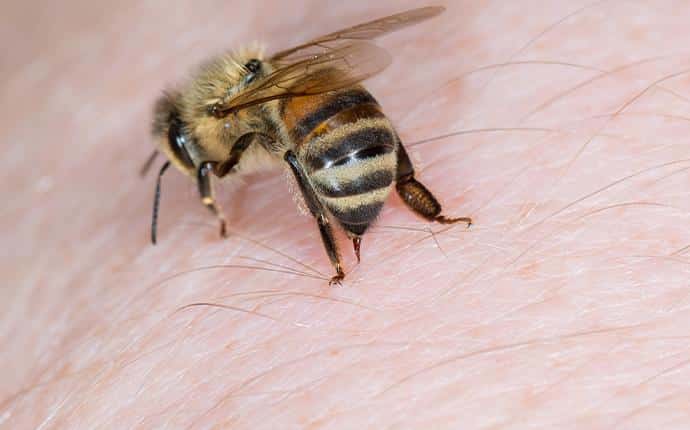
A bee sting is a defensive method carried out by a female bee, or a group of bees, to defend themselves, or their nest from fierce pests, such as insects or animals that eat them or eat their honey, or even humans, so she attacks him for reasons including taking honey from her nest.
Bee sting allergy:

Anyone who is severely allergic to bee and wasp venom may die from the sting of one of these insects, which are frequent in spring, summer, and even early autumn. The speed of treatment and vaccination against this poison may save the lives of some.
Urgent wasp and bee stings are treated with adrenaline, cortisone, anti-inflammatories and antibiotics. Dr. Marcos Rosini says that the stung should move quickly and call the emergency doctor when symptoms appear, which include difficulty swallowing and shortness of breath.
The poison from wasps or bees causes the formation of antibodies in the blood of the allergic person, and this results in circulatory problems and sometimes death due to shock. The more stings a person is exposed to, the stronger and more dangerous his sensitivity becomes.
body reaction

Dr. Rosini says that wasps or bees in and of themselves do not become more dangerous, but the reaction of some people’s bodies to their venom is what becomes more powerful and violent from one sting after another. This is because the body has recorded previous information about the poison, so its reaction is sharp and fast.
Deaths as a result of wasp or bee stings are frequent, so it is recommended that people with hypersensitivity to stings always carry an emergency kit with them, which includes cortisone and adrenaline medications.
And sometimes the sting of a wasp or a bee is in a place close to the airway, such as the mouth and throat, and Dr. Oliver Derner tells the story of a truck driver who is not allergic to hornet poison, but he was in a critical situation and his condition is in danger when he came to the hospital, as the driver was driving his truck with the window open He was stung by a wasp that crept into his mouth. When he came to the hospital he had severe swelling of his tongue and one of his lips and shortness of breath.
How to treat a bee sting victim:

Some steps must be taken to help the person, such as providing safety, making sure that the bees are far from the place where the injured person is, or wearing what protects the person from a bee sting.
Clean the place of the bee sting with soap and water and disinfect with an antiseptic such as Betadine.
The patient is given a sedative and the patient can be given an antibiotic, and quickly remove the guilt or needle of the bee with the fingers of the hand, and avoid removing it with tweezers as it helps to secrete the toxic substance. .
And you should not wait until the symptoms of allergy appear, and if the child is not allergic to bees, he will show some local symptoms, such as: redness and swelling of the skin, and this swelling can be treated by making ice water compresses.
And the nearest hospital must be resorted to in case the sting is inside the nose, mouth or throat, because swelling in these areas may hinder breathing even if the child is not allergic to bees.
The place of the sting is rubbed with chopped garlic, as it works to disinfect the affected place and resists the toxins of the insect that may absorb into the body. As for the sting of the female bee, it has an acidic effect, so it is treated with an alkaline solution such as sodium bicarbonate. As for the bee wasp, it is characterized by an alkaline effect, so it is treated with an acidic solution. Like vinegar or lemon juice.




